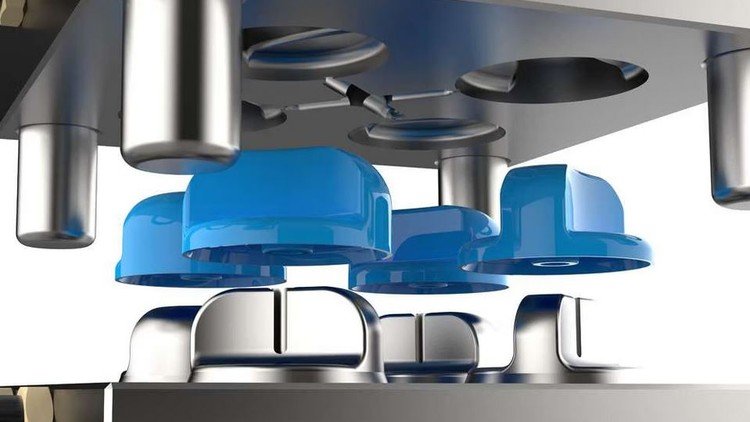This course on "Plastics Engineering II: Plastic Injection & Mold Design" provides an in-depth exploration of the processes and techniques involved in the field of plastics engineering. With a focus on plastic injection molding and mold design, it equips learners with both theoretical knowledge and practical skills necessary for success in this industry. Whether you’re just starting out or looking to enhance your existing skills, this course offers valuable insights and hands-on techniques that are essential for anyone interested in this dynamic field.
What you’ll learn
Throughout the course, you will develop a comprehensive understanding of various key concepts and techniques in plastics engineering. The main skills acquired include:
- Injection Molding Principles: Grasp the fundamental concepts of injection molding, including material selection, process parameters, and production efficiencies.
- Mold Design Techniques: Learn about the intricacies of designing molds, including considerations for part geometry, draft angles, and cooling channels.
- Material Properties: Understand the properties of different polymers and how they influence the injection molding process.
- Mold Filling Analysis: Gain insight into how molten plastic fills molds and the impact of different variables in achieving quality parts.
- Defects and Troubleshooting: Identify common defects in molded parts and master diagnostic techniques to troubleshoot and resolve issues effectively.
This course also covers software tools and simulation techniques that help in predictive analysis, ensuring informed decision-making during the design phase.
Requirements and course approach
No specific prerequisites are required to enroll in this course, making it accessible to beginners in the field. However, a general understanding of engineering principles or prior experience in related courses can enhance your learning experience.
The course adopts a user-friendly approach, featuring a blend of video lectures, interactive discussions, and practical examples. Each module is structured to build upon the previous lessons, guiding students through a logical progression from basic concepts to more complex applications. Real-world case studies and hands-on assignments deepen understanding and provide an excellent platform for applying what you have learned. The course also encourages learner engagement through forums and Q&A sessions.
Who this course is for
This course is ideal for a variety of individuals:
- Aspiring Plastics Engineers: Students or professionals looking to enter the field of plastics engineering will find this course invaluable.
- Manufacturing Professionals: Those already working in manufacturing who want to expand their knowledge of plastic injection and mold design processes.
- Product Designers: Designers aiming to enhance their understanding of molded plastic products and improve their design quality.
- Engineering Students: Undergraduates or graduates studying mechanical, materials, or industrial engineering who wish to specialize in plastics engineering.
With its accessible content and practical approach, this course caters to learners at different stages of their careers.
Outcomes and final thoughts
By the end of "Plastics Engineering II: Plastic Injection & Mold Design," students will possess not only foundational knowledge but also practical skills in mold design and injection processes. You’ll be better equipped to tackle real-world challenges and contribute to innovative projects within the plastics industry.
Overall, this course is highly recommended for anyone looking to develop or refine their understanding of plastics engineering. The blend of theory and practice, combined with a supportive learning environment, makes it a compelling choice for learners passionate about this essential sector of engineering. With the skills and knowledge acquired, you’ll be prepared to elevate your career in plastics engineering and make a meaningful impact in the field.















